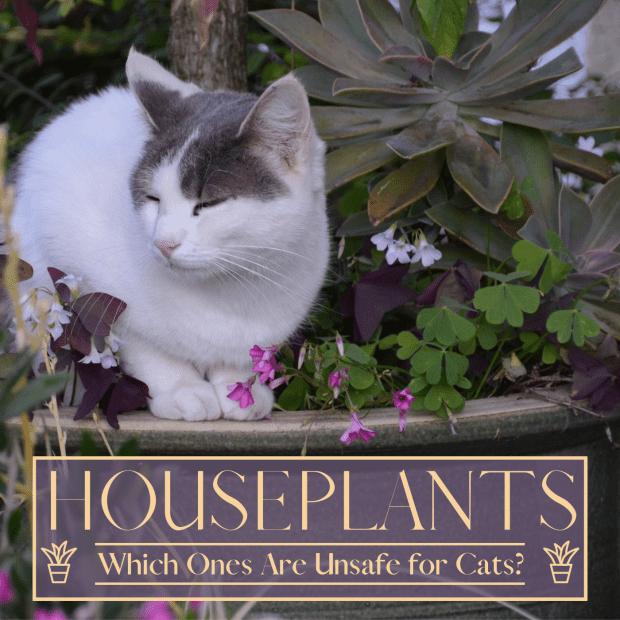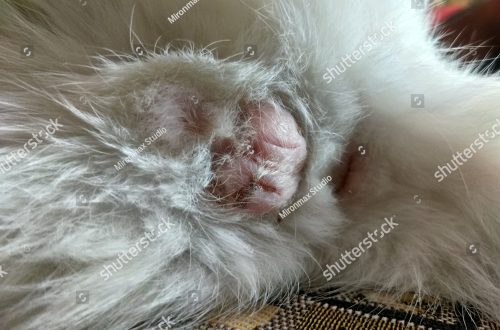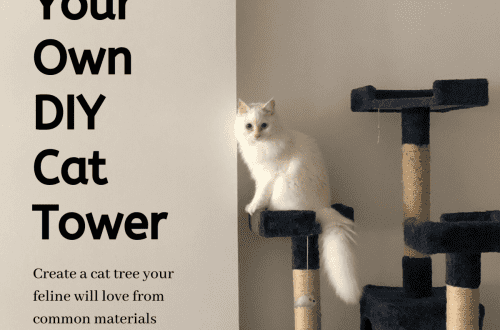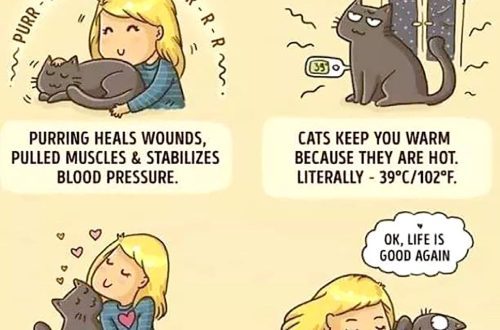
Caution: flower! Or Which indoor plants are dangerous for cats
Indoor flowers and plants are wonderful! When it is windy and gray outside the window for most of the year, home “tropics” save you from melancholy and longing. Cats are also very fond of wandering around the domestic jungle and – where without it – tasting them. That’s only if a cat lives in your house, the choice of plants should take place under particularly sensitive control. What indoor plants are dangerous for cats? At least 13 of them you need to know “by sight”. Ready?
Cats love to taste indoor plants. They do it for the same reason they eat grass: they try to cleanse the stomach of wool or quench their thirst in an original way. If a cat eats “greens” too often, she may have an unbalanced diet, she lacks vitamins, or her eating behavior has changed .. This issue is best discussed with a veterinarian.
One thing is for sure: if you have a cat, then all the plants in the house should be safe for her. Even if your pet has never tried to chew flowers, you have no guarantee that she will not decide to do it tomorrow. And what will be the consequences? Some plants can lead to mild indigestion. Others can cause convulsions, paralysis and, if not promptly treated, death of the pet. Wow risks!
If you are a florist only in your soul, but in practice you don’t really want to understand the characteristics of plants, make yourself an iron rule. Before buying each plant, be interested not only in the degree of its unpretentiousness, but also in compatibility with the cat. What if the pet tastes it? Can it harm? Be sure to check this information with an expert, and at the same time with a veterinarian, to be sure. This is not an unnecessary precaution, but a mandatory step for a responsible owner. In your hands is the health and life of the most important anti-stress in your life – a cat!
The task of selecting plants will be facilitated by our list. Print it out and hang it on the fridge – well, or put it in your favorite book on floriculture. If you are a cat owner, these plants should not be in your home!
Plants on this list can lead to life-threatening conditions.
Azalea. The poisonous alkaloid (andromedotoxin glycoside) contained in this flower can lead to convulsions, suffocation, and cardiac arrest.
Begonia. Oxalic acid, which is very abundant in this flower, leads to burns of the mucous membranes and swelling of the larynx.
Dieffenbachia. This popular plant causes severe mucosal burns and poisoning. There are many cases when cats who tasted dieffenbachia died.
Dracaena. Severe vomiting and swelling of the larynx is what will happen to your pet if he tries this beautiful flower.
Oleander. Causes a variety of conditions: from disruption of the digestive tract to cardiac arrest.
Pachypodium. May lead to cardiac arrest.
Peperomia. Chewing the leaves of this plant leads to acute heart failure and impaired coordination of movements.
Fatsia Japanese. Disrupts the activity of the nervous system.
Ficus, spurge, poinsettia. All these plants can lead to consequences of varying degrees of complexity: from an allergic reaction to blindness (if it gets into the eyes) and damage to the nervous system.
Philodendron. Causes burns of the oral mucosa and swelling of the larynx.
Cyclamen. Cats love to dig up and chew the tubers of this plant. And they are the most dangerous. The juice of the plant, once ingested by a cat, can cause rapid cardiac arrest.
The following plants will not cause cardiac arrest, but may cause an allergic reaction, severe diarrhea, and vomiting:
Geranium
Uzambara violet.
But aloe and kalanchoe are safe for cats. But they contain a lot of bitterness, which makes cats salivate profusely.
We have listed far from all dangerous plants. But these are the most popular flowers that you will definitely meet in a specialty store. Be careful!
In addition to indoor plants, the danger for a cat can be that beautiful bouquet that you were given for your holiday or just like that, for no reason. Such a pleasant and seemingly harmless thing can turn into a struggle for the life of a pet. Catch a list of popular flowers that are better to immediately re-gift or put in a place where the cat will not get them under any circumstances.
Lilies
Lily-of-the-valley
Chrysanthemums
Daffodils
Snowdrops.
It would be great if we had a compact universal list of dangerous plants. But, unfortunately, there are a lot of such plants. In addition, a particular cat may have an individual reaction to any component of any flower.
You, as the most caring cat breeders in the world, have to be attentive, inventive and always keep your finger on the pulse (and the phone of a trusted expert in your notebook). And we want your indoor plants and cats to be friends – and reduce your stress levels for many, many years to come!





